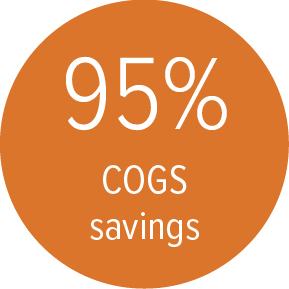Cybersecurity Program Overhaul
FRAMEWORKS: ADDIE, SAM, AND BACKWARD DESIGN
Goal: Redesign a legacy program to improve learner outcomes and hiring rates by aligning the curriculum with real-world job demands in cybersecurity
This project is under NDA, so I can’t share deliverables. Below, I’ve outlined my role, process, and results.
PROJECT SNAPSHOT
Role
Lead Instructional Designer
Project
Cybersecurity Program Overhaul
Program Length
6-9 months
Project Duration
8 months
Stakeholders
Head of Portfolio Management Office, Director of ID, Manager of ID, Content Manager, Editor, Program Manager, Student Support, Product Manager, Security Team, Procurement Manager, Career Services Manager
Tools & Platforms
Custom LMS (Contentful), Infosec VM Environment, Tableau, Slack, Zoom, Microsoft Office Suite, SharePoint, screen recording + GIF tools, Jira
Accreditation Support
Maintained program documentation to support higher education accreditation standards
PROBLEM
The original cybersecurity program was a temporary solution that had persisted for five years, resulting in:
Outdated, disjointed curriculum
Low graduation rates (40%)
Poor hired rates (20%)
A problematic virtual machine (VM) platform used for labs and assessments
APPROACH
Analysis (ADDIE):
Conducted a full needs assessment with stakeholders, reviewing learner outcomes, industry requirements, and tool/platform limitations.
Design & Development (SAM & Backward Design):
Redesigned curriculum around real-world tasks, ensuring every module aligned with key job skills.
Introduced adaptive project-based learning (easy, moderate, advanced) so learners could practice skills at their own pace while achieving the same core competencies.
Built Career Prep Checklist as a backward design anchor to ensure students developed competencies necessary for job readiness.
Implementation (SAM):
Replaced the costly VM platform by teaching students to build their own virtual machines, a real-world solution.
Negotiated a Microsoft partnership to provide Windows licenses.
Engaged educators as beta testers to build educator readiness by learning content hands-on.
Adapted assessment approaches mid-project when the job guarantee was removed, transitioning to a self-check honor system while maintaining learning integrity.
Evaluation (ADDIE & Backward Design):
Designed assessments and self-check activities to measure skill acquisition and learner engagement.
RESULTS
Reduced cost per student 95% ($600 → $30)
Redesigned program predicted to double graduation and hiring rates
Redesign considered a model for future curriculum transformations
Major advances in instructional strategy, cost-efficiency, and student experience


